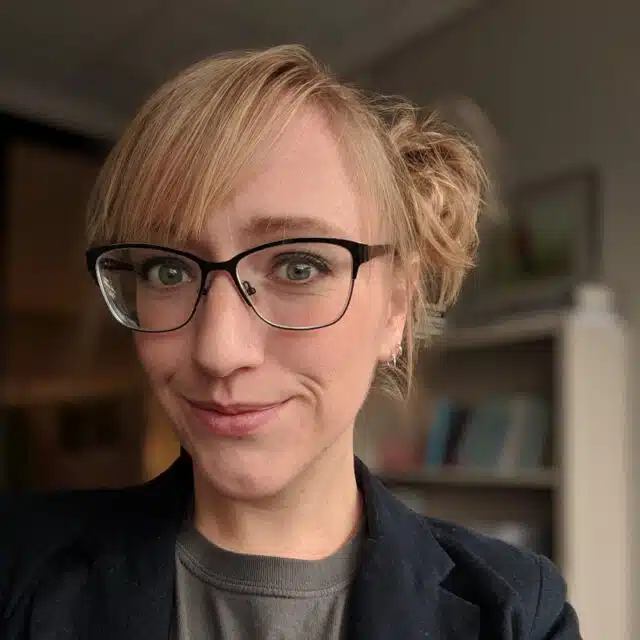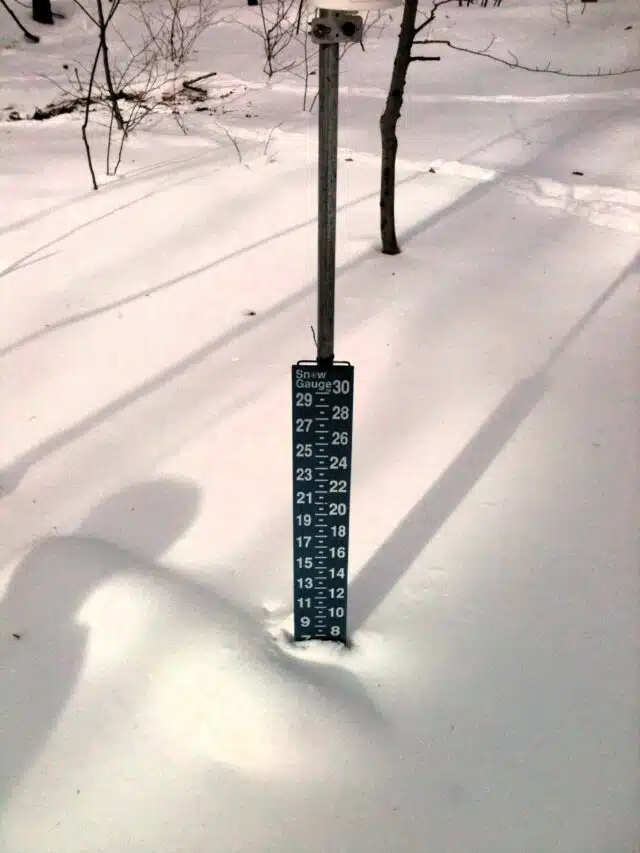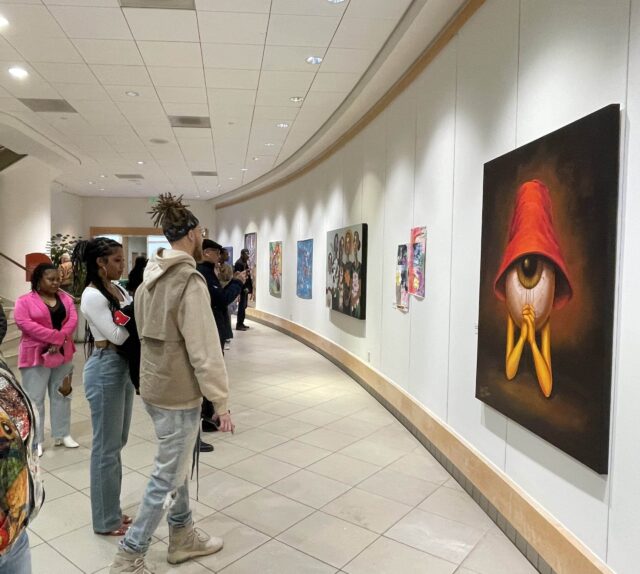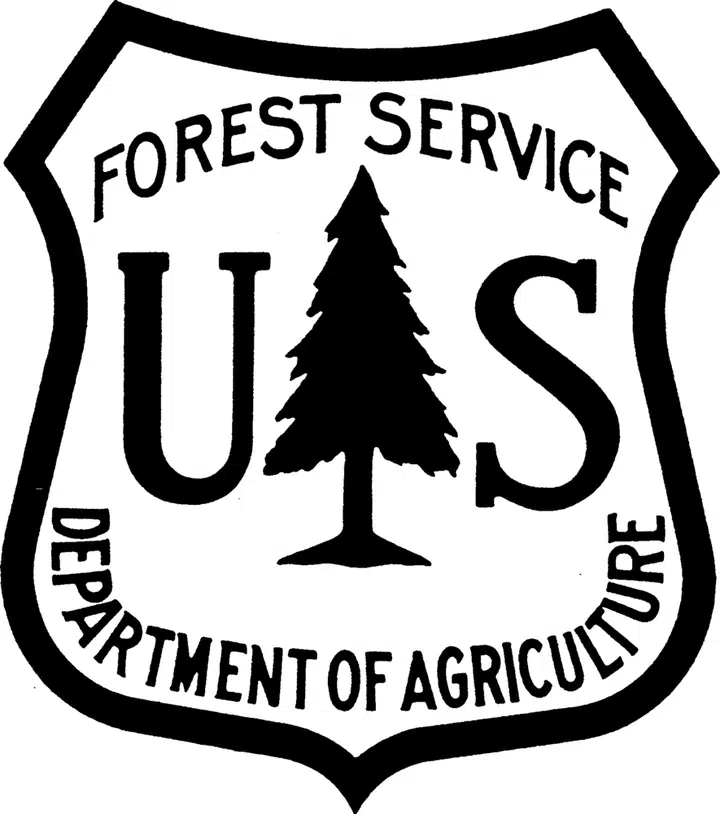
The forests at the Holden Arboretum are a patchwork of ecosystems — a mosaic of beech, oak, and hemlock stands that shift from one to another in the space of a few steps. It’s exactly the kind of complexity that fascinates Dr. Samantha Worthy. The new plant biologist joined Holden’s research department in August to explore why certain plants live in one type of forest but not another, and how those patterns might help us predict where species will go as the climate changes. It’s just one of the questions she’ll be tackling as she builds her new research lab at the Long Center for Plant & Environmental Science.
Ecologist Origins
Worthy grew up in rural Georgia, where being outside surrounded by nature was a constant theme. When she started college, she thought she’d follow in her father’s footsteps as a chemist. “I liked science — I thought it was my destiny,” she says. But everything changed when she took a plant taxonomy course. “We had to collect plants and ID them,” she recalls. “And I thought, this is crazy cool — and people do this for a living?”
As it dawned on her that nature wasn’t just something to appreciate but something she could study and understand, her new path took root. She finished her chemistry degree, then stayed on to earn a master’s in biology.

Tropical Beginnings
Early in her biology career, Worthy had the opportunity to do tropical research in Ecuador in collaboration with the Atlanta Botanical Garden, The Lovett School, and Columbus State University. “I was standing in Ecuador one day thinking, wow, just a few years ago I was thinking, ‘maybe I can study plants,’ and now I’m here,” she recalls. “It got legit really quick.” This experience solidified her interest in scientific research — and her interest in the complexity of forest systems.
She went on to complete a Ph.D. at the University of Maryland, where she studied tropical tree seedling communities. She worked with data from China and also spent time in Puerto Rico before and after Hurricane Maria. “It gave me a new perspective on forest change,” she says, “I started thinking a lot about climate change.”
Her next stops took her across the country — first to the University of California, Davis, where she studied how climate change affects wildflower germination through shifts in rainfall and temperatures, and then to the University of Nebraska–Lincoln, where she examined how North American trees might shift their ranges under future climates. “It’s been a winding, cross-country road to here,” she says.

Holden’s Living Forest Laboratory
At Holden, Worthy is excited to explore the Arboretum’s extensive natural areas and long-term ecological datasets. “There are multiple forest types with different compositions of trees on a very small scale,” she explains. “I’m excited to better understand why certain species occur in one type of forest but never make it into an adjacent type — we can use that information to predict where they might go as their environment changes.”
She’s also collaborating with Holden’s seed bank team to build on her past work on seed germination. “I’m excited about that — to have this resource is super rare,” she says. Worthy has also already teamed up with Holden’s conservation staff and is analyzing decades of rare plant data to track population trends over time and the effects of restoration efforts like invasive species removal. “I’m excited about the diversity of projects and ecosystems I can work on here — and that I can walk outside and do it,” she says.

Research with Impact
Beyond research, Worthy was drawn to Holden’s emphasis on public education and real-world impact. “I like that there’s a focus on getting what we learn from research out to the public, like at Working Woods — that our discoveries can directly impact someone who’s making decisions on their own property,” she says. “Or the collaborations with other nonprofits or government agencies where we’re doing scientific experiments to learn something, but also directly impacting the community — these types of projects aren’t always valued at other places.”
Building a Lab, and a Life, in Ohio
As she settles in, Worthy is already thinking about building her lab, mentoring students, and developing new collaborations. “Everyone has been super helpful, it’s been really great so far” she says. “It just makes me excited. I feel good about where my lab is headed.”
Outside the lab, Worthy enjoys hiking, cycling, and fishing — or hunkering down with a good cozy mystery. She’s also a sports fan, already eyeing the Cavs, Guardians, and Browns. “I feel like people here are very proud to be from Cleveland, and I really like that,” she says. “I like when people are passionate about where they’re from and their city.”

Anna Funk, PhD
Science Communications Specialist
Anna Funk is the Science Communication Specialist for Holden Forests & Gardens. She earned her Ph.D. studying prairie restoration before leaving the research world to help tell scientists’ stories. Today, she wears many hats, working as a writer, editor, journalist and more — anything that lets her share her appreciation of science and its impact with others.













